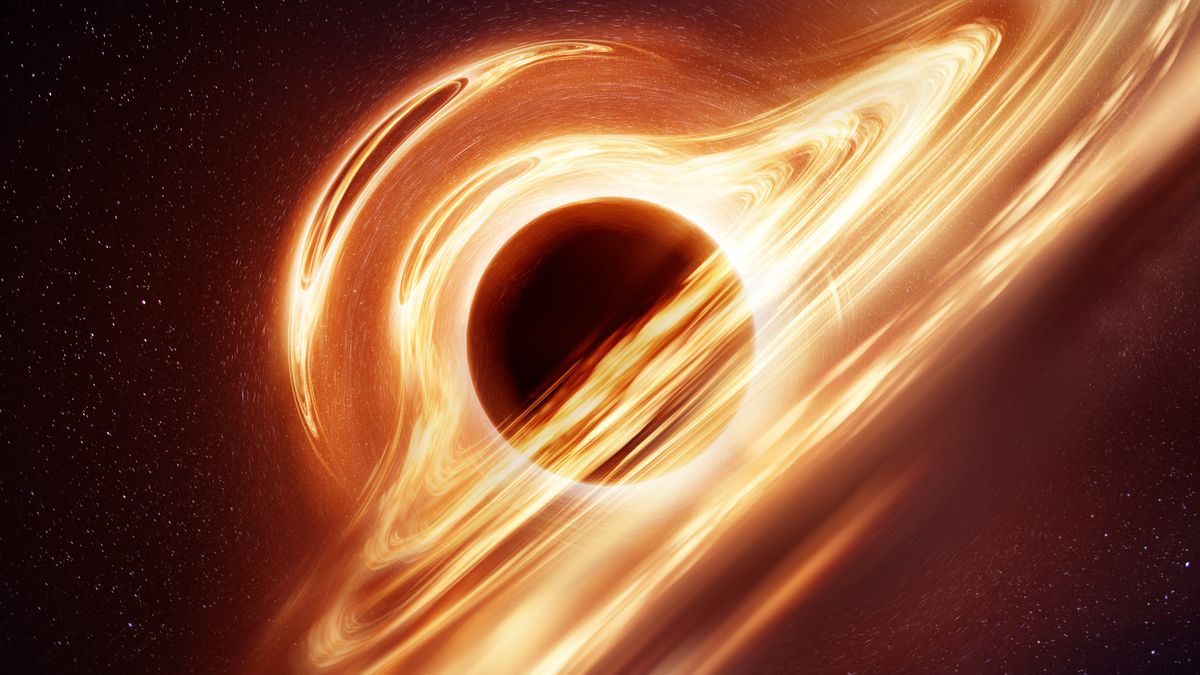Do You Know ? | Part 01 | Black Hole 😲
Do You Know ?
November 24, 2022
A black hole is a region of spacetime exhibiting such strong gravitational effects that nothing—not even particles and electromagnetic radiation such as light—can escape from inside it. The theory of general relativity predicts that a sufficiently compact mass can deform spacetime to form a black hole. The boundary of the region from which no escape is possible is called the event horizon. Although crossing the event horizon has huge effect on the fate of the object crossing it, it appears to have no locally detectable features.
LIGO’s recent direct detection of gravitational waves emanating from the merger of two black holes1 has ushered in a new era of astronomy. Now, for the first time, we are able to “hear” the universe in a way that was not possible before. These waves, which are ripples in the fabric of spacetime itself, allow us to probe the universe in a completely new way and to answer some of the most fundamental questions about its nature. In this paper, we will review the principles of gravitational wave detection and discuss some of the most exciting scientific implications of this new discovery.
Now that we know what black holes are, how are they formed? The most common way black holes form is by the collapse of a very massive star. When a star runs out of fuel, it can no longer produce the energy needed to support itself. The star begins to collapse in on itself until it becomes so dense that not even light can escape its gravitational pull.
The black hole, first theorized by Einstein, has been a topic of fascination for centuries. It wasn't until recently, however, that we had the technology to detect them. In this paper, I will explore recent discoveries about black holes.
A black hole is a place in space where gravity pulls so much that even light cannot get out. The gravity is so strong because matter has been squeezed into a tiny space. This can happen when a star is dying. Because no light can get out, people can't see black holes.
Popular Posts

Do You Know ? | Part 02 | Ambuluwawa Tower
November 27, 2022
Do You Know ? | Part 01 | Black Hole 😲
November 24, 2022
Design
3/Design/post-list
Subscribe Us
Categories
Recent Posts
3/recent/post-list
Categories
Tags
Recent in Design
3/Design/post-list


0 Comments
📌❤️